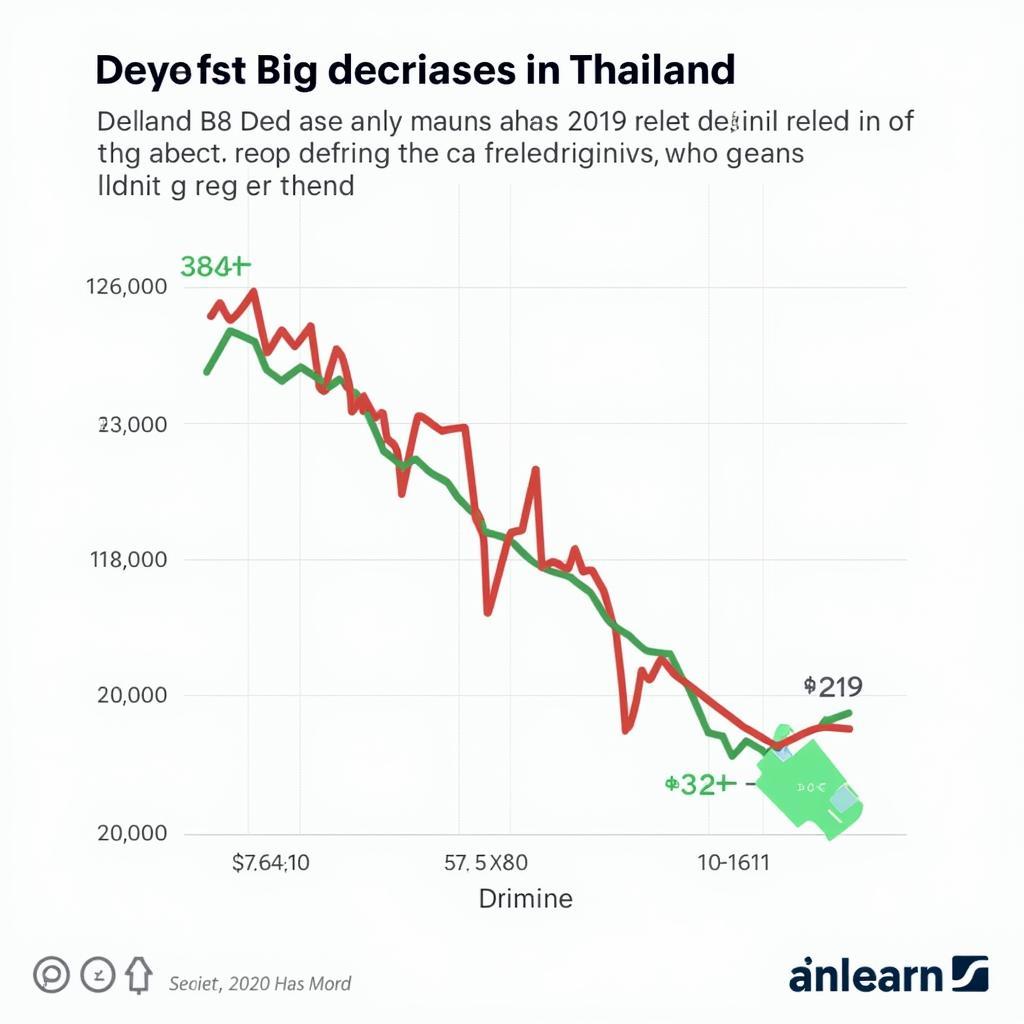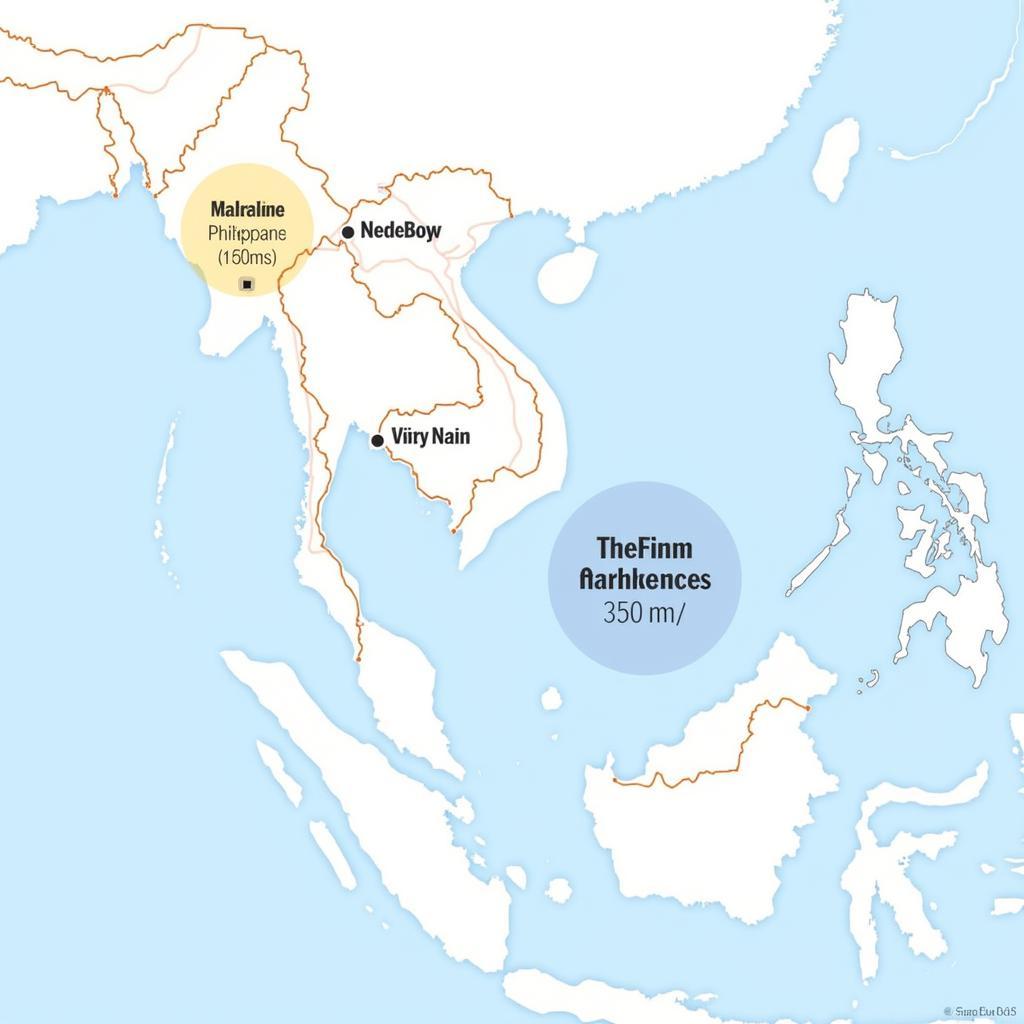The ASEAN automotive industry experienced a dynamic year in 2019, marked by both challenges and opportunities. This article delves into the key trends, challenges, and future outlook for the ASEAN automotive industry in 2019.
Navigating Headwinds: A Look at 2019’s Challenges
Despite being one of the fastest-growing automotive markets globally, the ASEAN region faced headwinds in 2019. The ongoing US-China trade war cast a shadow on global trade, impacting supply chains and investor confidence.
Domestically, several ASEAN nations grappled with regulatory changes and economic slowdowns. For instance, Thailand, a major automotive manufacturing hub, witnessed a dip in car sales due to stricter lending practices.
 Thailand Car Sales Dip in 2019
Thailand Car Sales Dip in 2019
Silver Linings: Growth Drivers and Opportunities
Despite the challenges, the ASEAN automotive industry displayed resilience and potential for growth in 2019. The region’s young population, increasing urbanization, and rising middle class continued to fuel demand for personal vehicles.
“ASEAN’s automotive market is far from saturated,” observes automotive industry expert Dr. Amelia Tan. “The region’s demographics present a compelling case for long-term growth, particularly in emerging markets like Vietnam and the Philippines.”
 Emerging Car Markets in ASEAN
Emerging Car Markets in ASEAN
Key Trends Shaping the Future
Several key trends shaped the ASEAN automotive landscape in 2019 and beyond:
- Rise of SUVs: The popularity of SUVs continued to surge across ASEAN, driven by consumer preference for spacious and versatile vehicles.
- Focus on Fuel Efficiency: With rising fuel prices and environmental concerns, fuel efficiency emerged as a key purchasing factor, leading to increased demand for fuel-efficient vehicles and alternative fuel options.
- Government Initiatives: ASEAN governments played a proactive role in supporting the automotive sector through policies aimed at promoting investment, innovation, and the adoption of electric vehicles (EVs).
[asean automotive outlook 2019]
Looking Ahead: ASEAN Automotive Outlook
While 2019 presented a mixed bag for the ASEAN automotive industry, the long-term outlook remains positive. The region is poised to remain a key automotive manufacturing and consumption hub, fueled by:
- Growing Middle Class: A burgeoning middle class with increased purchasing power will continue to drive demand for personal vehicles.
- Infrastructure Development: Ongoing investments in infrastructure projects, such as highways and bridges, are enhancing connectivity and facilitating the transportation of vehicles.
- Technological Advancements: The automotive industry is undergoing a technological revolution, with advancements in electric vehicles, autonomous driving, and connected car technologies. ASEAN is well-positioned to capitalize on these trends and attract investments in advanced manufacturing and research and development.
[ase oregon]
Conclusion
The ASEAN automotive industry navigated a complex landscape in 2019. While global trade tensions and domestic economic slowdowns posed challenges, the region’s strong fundamentals, rising middle class, and supportive government policies continued to drive growth.
The year 2019 underscored the resilience and potential of the ASEAN automotive industry. With its young population, increasing urbanization, and growing middle class, the region is expected to remain a key driver of global automotive growth in the years to come.
[ase 2019 program]
Frequently Asked Questions
1. What were the main challenges faced by the ASEAN automotive industry in 2019?
The US-China trade war, stricter lending practices in some countries, and a general economic slowdown impacted the industry.
2. Which ASEAN countries are considered emerging automotive markets?
Vietnam and the Philippines are considered key emerging markets within ASEAN, showing strong growth potential.
3. What are the key trends shaping the ASEAN automotive industry?
The rise of SUVs, a focus on fuel efficiency, and government initiatives to support the industry are shaping the automotive landscape.
4. What is the long-term outlook for the ASEAN automotive industry?
The long-term outlook remains positive, driven by a growing middle class, infrastructure development, and technological advancements.
5. What role do governments play in the ASEAN automotive sector?
ASEAN governments play a proactive role through policies that promote investment, innovation, and the adoption of electric vehicles.
Need assistance? Contact us:
- Phone: 0369020373
- Email: [email protected]
- Address: Thôn Ngọc Liễn, Hiệp Hòa, Bắc Giang, Việt Nam
Our dedicated customer support team is available 24/7 to assist you. You can also find more information on our website, including articles on [asean automotive market 2019] and [ase annual meeting 2019 detroit].


